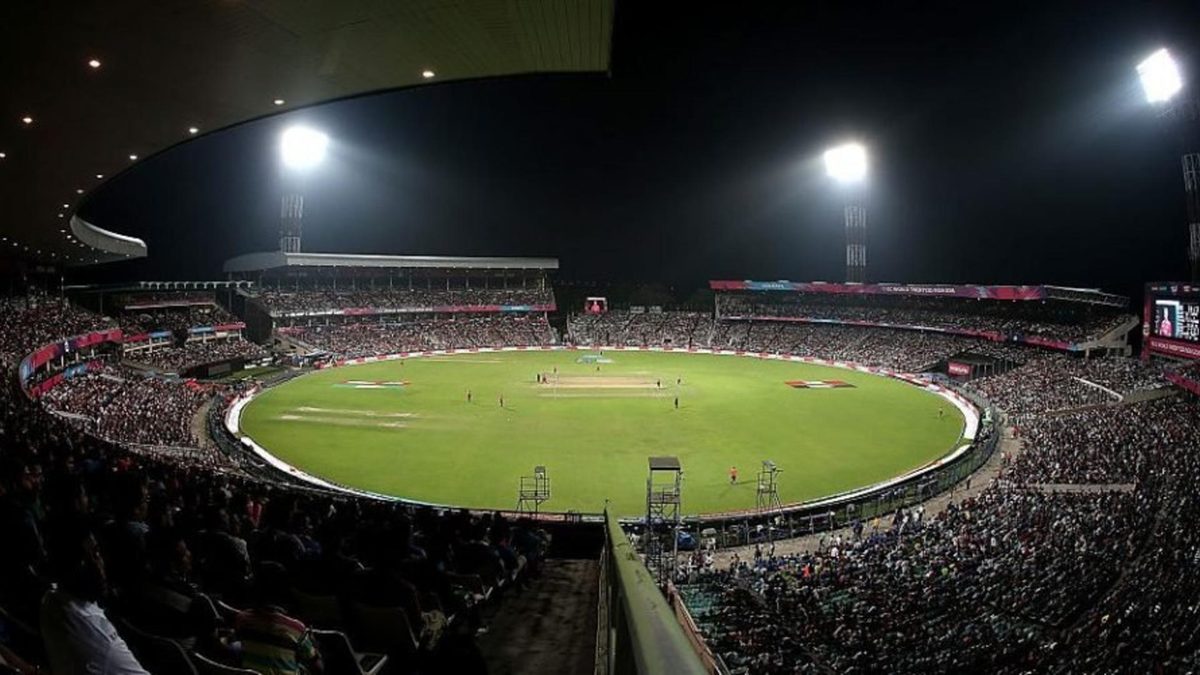
Having declared that day-night Tests are the future of cricket’s oldest format, less than a month after he took over as the new BCCI president, Sourav Ganguly’s dream will become a reality, as India and Bangladesh clash in the first international five-day contest to be held under lights in India.
As with other recent innovations, such as the Decision Review System, India have been late in coming around to the concept. Outside the two newest entrants into the Test arena, Afghanistan and Ireland, India are one of only two teams who are yet to have played with the pink ball; the other team is the one standing opposite them in this historic contest.
India’s steamrolling juggernaut extended in Indore, where they thumped Bangladesh by an innings and 130 runs. They have now won 10 of their last 13 Tests at home, including their last seven on the trot. Five of those seven wins have been by an innings, while the other two have come by margins of 10 wickets and 203 runs respectively. So wide has the gulf between them and the rest of the world become in the Test Championship table that it seems almost implausible to believe that they are playing the same tournament, with the same points system.
“This is a magnificent Indian team, which can find a way to win even if they are playing on the snow in Iceland or sand in the Sahara desert,” Sunil Gavaskar, the former India batsman, remarked.
Get the lowdown ahead of the second Test between India and Bangladesh 👇https://t.co/LYCPBB8mNO
— Wisden (@WisdenCricket) November 20, 2019
Bangladesh, on the other hand, are coming straight from the other end of the spectrum, having lost their last four completed Test matches. Their top order could barely hang around in Indore, their fast bowlers, barring Abu Jayed, wilted under the pressure of Mayank Agarwal’s six-laden onslaught, and the rest of their line-up shook under the intensity of India’s fast bowlers, who trampled them with their pace and skills.
They’re not even spoilt for choice to address some of those weaknesses. Their regular opener, who is also one of their best batsmen, is not travelling, their indisputable best all-round player is out serving a ban, and the one reserve opener they were able to find for the tour is now nursing a hand injury. However, they do have replacements for pacers Ebadat Hossain and Taijul Islam, who collectively bagged a solitary wicket in Indore, at the cost of 235 runs, with Mustafizur Rahman and Al-Amin Hossain waiting in the wings.
[breakout id=”0″][/breakout]
All of that, though, takes a backseat to the real protagonist of the contest, the pink ball. Past avatars of the ball, made by Kookaburra, have copped their share of criticisms. That this Test won’t be played with the Kookaburra, and instead with an SG ball, which has never come out in the pink variety before, only adds further intrigue to the discussion surrounding the leather.
Opinions are flying thick and fast. Virat Kohli believes the extra lacquer will make the ball swing more, Wriddhiman Saha believes the extra lacquer would hamper its ability to reverse swing, while Daniel Vettori is quietly sending out reminders that his ilk is still a part of the contest and might just serve a kick up the backside if you fail to note their presence.
Since the start of 2018, Shami has taken 78 wickets in 19 Tests. Only Australia’s Pat Cummins has more, with 87 scalps in 16 matches.@ojerson8 analyses Shami's recent performances 👇https://t.co/CPtjZNIxIc
— Wisden (@WisdenCricket) November 19, 2019
But whatever people have said about it so far, the fact is that the pink ball remains a mystery. Kohli put it best when he said on match eve: “If you have not played with the pink ball, it’s going to be challenging throughout the game. Solid technique and more compact game required, compared to the red ball. And it makes it even more difficult with not having a great visibility or able to pick that colour.”
Then of course, there is the dew, which looms larger as a threat than ever, with the game taking place in Kolkata in eastern India, where the sun sets early on most days, not least in the middle of a winter season.
“The whole thing is to bring in more people in the stadium, adds a new element to Test cricket,” Sachin Tendulkar said. “That is important, but at the same time, I feel we should also evaluate after the game, how much dew was there and whether cricket, the standard of play, was compromised there.”
[breakout id=”1″][/breakout]
How the pink ball behaves, and whether the dew interferes to an extent where the quality of cricket is compromised, remains to be seen. But it doesn’t change the fact that we are about to witness history. Test cricket’s newest avatar is coming to its largest nation. Should it succeed, it will have long-lasting and far-reaching implications on how this format is known and viewed by future generations.
Likely XIs
India: Rohit Sharma, Mayank Agarwal, Cheteshwar Pujara, Virat Kohli (c), Ajinkya Rahane, Ravindra Jadeja, Wriddhiman Saha (wk), R Ashwin, Umesh Yadav, Ishant Sharma, Mohammed Shami
Bangladesh: Shadman Islam, Imrul Kayes, Mominul Haque (c), Mushfiqur Rahim, Mahmudullah, Mohammad Mithun, Liton Das (wk), Mehidy Hasan, Mustafizur Rahman, Abu Jayed, Al-Amin Hossain








